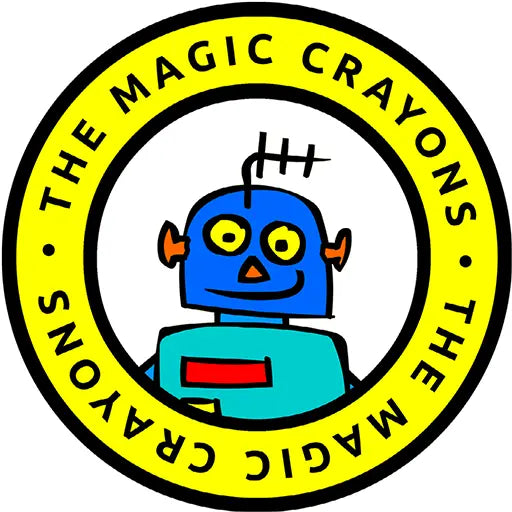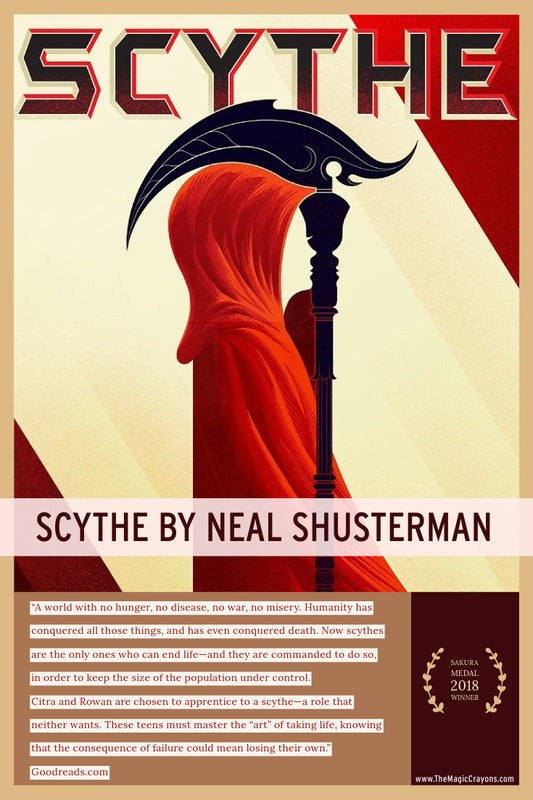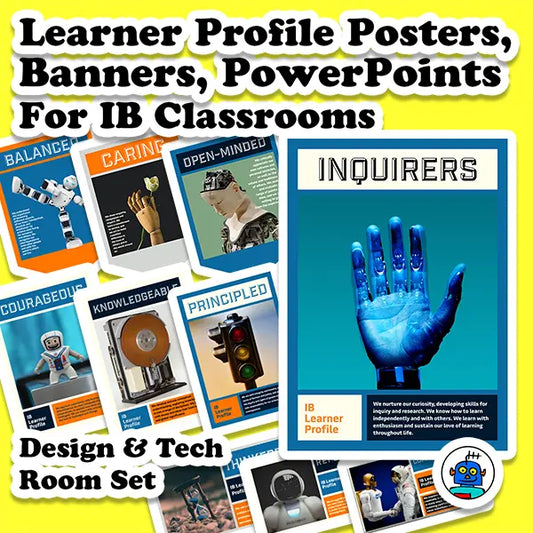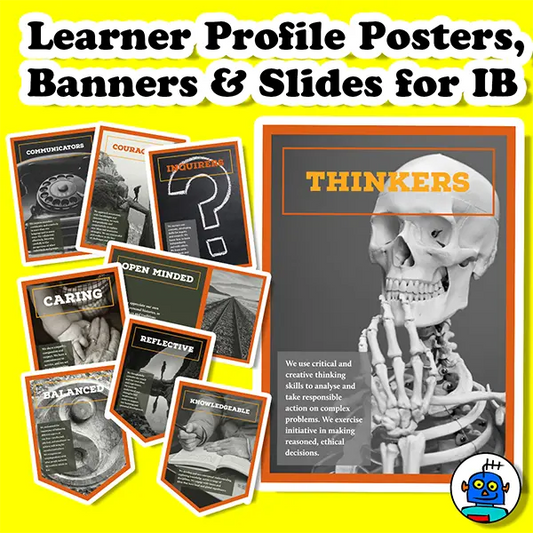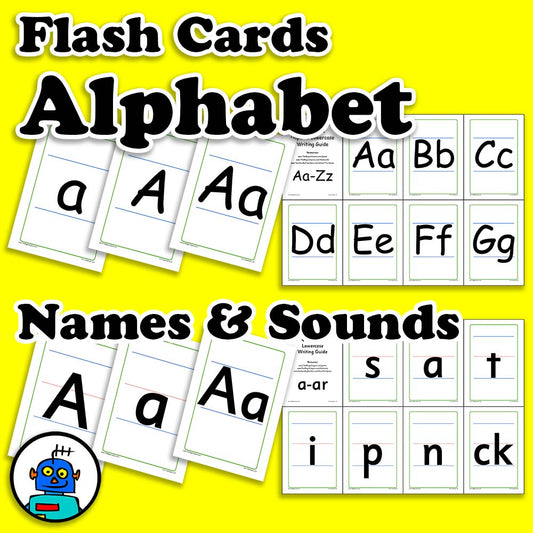
Best Free and Professional 3D Modeling Software for Students and Teachers
As a computing and design teacher, I often get asked about the best 3D design modeling software for both students and educators. Whether you're just starting or advancing in your skills, here’s a guide to some of the top software, from free tools to professional options, including those I’ve used myself.
1. Tinkercad - Free
Tinkercad is a fantastic introduction to 3D modeling, especially for beginners and younger students. It's browser-based, completely free, and very easy to grasp. The platform helps students understand the essentials of 3D design, but it's also somewhat limited, so you may outgrow it quickly once you get the basics down.
Personal Experience
I regularly recommend Tinkercad for beginners due to its ease of use. Taught to grade 4-8. Students can quickly learn and create independently.
2. SelfCAD – Free version available, $14.99/month for premium features
SelfCAD is a step up from Tinkercad, offering more advanced tools while still remaining user-friendly. It’s great for students who have mastered the basics and want to explore more complex designs. It’s cloud-based like Tinkercad, so no need for bulky downloads.
Personal Experience
I’ve used SelfCAD in a professional setting and found it to be a great mid-level option for students transitioning to more complex projects. My middle school students outgrew TinkerCAD in 2 lessons with SelfCAD satisfying their creative needs.
It must be added that customer service and support for myself the teacher and our IT department was excellent. Highly recommended and I hope to use SelfCAD in an educational setting again. The construction vehicles that I draw I am experimenting with creating as 3D models instead. So far so good - Dump Truck Pillow Cushion with SelfCAD. Being able to reposition the model is a phenomenal advantage compared to my 2D Dump Trucks.
3. Autodesk Fusion 360 – Free for students/educators, $545/year for commercial use.
Fusion 360 is the gold standard when it comes to professional 3D design. It’s widely used in industries like architecture, engineering, and product design. It’s an all-in-one tool with 3D modeling, CAD, CAM, and CAE capabilities. Fusion 360 is more advanced, but it’s available for free to students and educators, making it an excellent resource for classroom use.
Personal Experience
I’ve personally worked with Fusion 360, and I find it as essential to architecture and design as Adobe is to graphic design. The now retired integrated Slicer program was a huge appeal given its 3D printing capabilities. Not sure if it has been replaced.
4. SketchUp (Free and Pro Versions). SketchUp Free (Basic version, browser-based), SketchUp Pro ($299/year).
SketchUp is a versatile 3D modeling software that’s both fun and functional. It’s easy enough for beginners but has the depth for more serious projects, especially with the Pro version. I used SketchUp to plan my father-in-law's patio, and it was perfect for architectural and landscape design.
Personal Experience
I’ve used the free version for personal projects, and it’s a fantastic tool for hobbyists and students alike.
5. Blender – Free
Blender is an open-source, professional-grade 3D modeling and animation software. It’s widely used for 3D graphics, animation, and even game development. While it’s free, the learning curve is steeper compared to Tinkercad or SketchUp, but it’s a powerful tool for those willing to invest the time.
Personal Experience
I haven’t used Blender extensively myself, but I know many professional designers and animators who swear by it. For those seeking a pathway into modelling for gaming its essential
6. FreeCAD – Free.
FreeCAD is another free, open-source tool, ideal for engineering and architectural design. It’s parametric, meaning you can modify your designs easily, making it a good option for more technical projects.
Personal Experience
I haven’t used FreeCAD in my teaching, but it’s often recommended for students interested in engineering and technical design.
7. Rhinoceros (Rhino 3D) – $995 for a single license, free trial available
Rhino is a versatile 3D modeling software known for its precision and ability to handle complex geometries. It’s widely used in architecture, industrial design, and jewelry design. While it’s on the more expensive side, there’s a free trial, and it’s a powerful tool for students looking to pursue 3D design seriously.
Personal Experience
I haven’t personally used Rhino, but I know colleagues in architecture who use it for complex design projects.
Conclusion
There are numerous 3D modeling tools available, ranging from free beginner-friendly options to professional-grade software. Whether you're a student or teacher, there's a solution that fits your needs and budget. From the simplicity of Tinkercad to the power of Fusion 360, each of these tools provides a unique learning opportunity. Happy designing!
Mr. Tim
- 3D Model - SelfCAD
- By Mr. Tim
